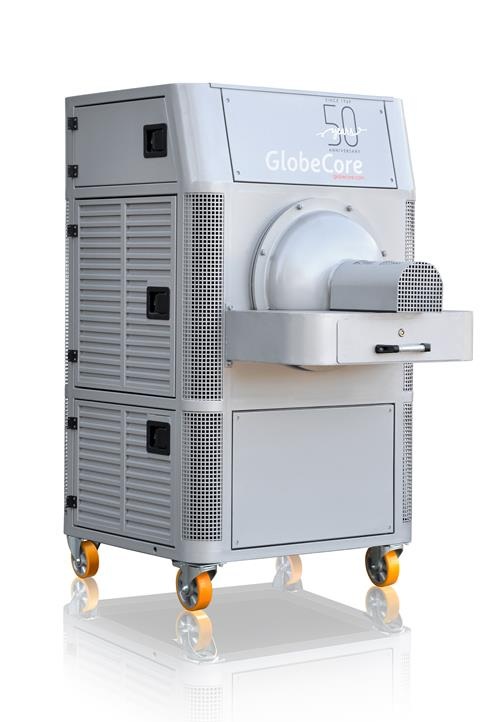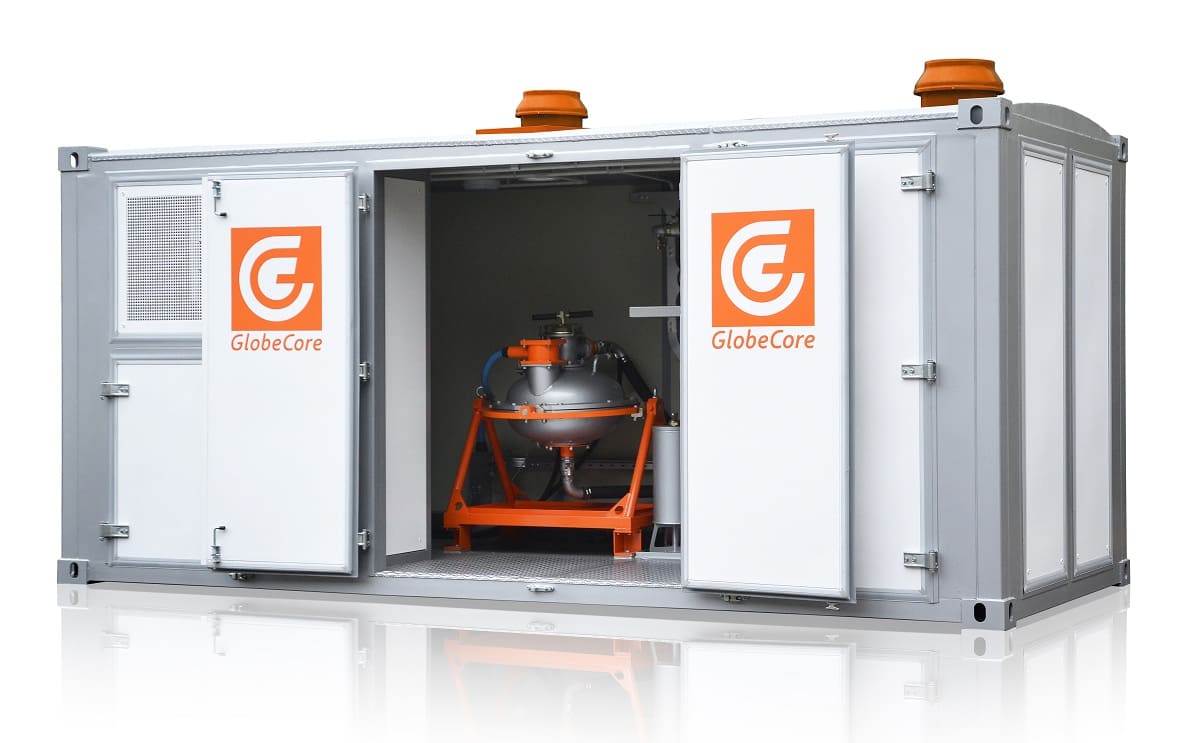Marine composite fuels are combustible blends used in the operation of ship power plants. They serve as a basis on which ship movement support systems, on-board devices, mechanical units, instrumentation and equipment operate. Depending on the type of combustible product, marine fuel constitutes a mixture of ingredients such as fuel oil with diesel fuel or diesel fractions with additives.
Marine composite fuels
Marine fuel is used in units of various types and operation methods. These include the main engine, a motor of electric power generator, a hot water, steam boiler, and other systems. Moreover, individual composite fuels are used for each type of units.
However, in addition, various types of fuel are also used for the main engine. This is due to the requirements for sulfur emissions in certain regions, environmental regulations, and the economic effect of using a certain product.
There are special control zones. Low-sulfur marine diesel fuel is used therein. These are low-viscosity distillate products. They represent an alternative to automotive diesel fuel, but have a higher sulfur content and a lower cetane number.
Furthermore, ships operate on light fuel in ports, while maneuvering, when the engine often changes operation modes. And in the event of taking to the open sea, in zones without special restrictions, distillate fuel is сhanged for heavy, high-viscosity products, bunker fuel oil. It is used to ensure the operation of the powerful propulsion units which are not particular about the fuel quality.
Thus, composite fuels for the shipping industry are classified into the following types:
- Diesel fuel
It is a clear, light product containing up to 0.5% of sulfur. And fuels with the sulfur content of up to 0.1% are used in zones with special rules and restrictions. Diesel fuel can also be used for river transport. It is clean, but expensive fuel; therefore, it is no longer advantageous to apply it for refueling large ships. Moreover, their engines are undemanding and do not require the use of this high-quality product.
- Low-viscosity marine fuel
It is also a light petroleum product based on diesel fractions of petroleum. The share content of sulfur in the composition varies from 0.5 to 1.5%. Marine fuel production involves mixing the diesel fractions with light gas oils of secondary processes. It is cheaper than diesel fuel and does not require the use of additives to maintain the lubricating properties. It is used in medium-speed, high-speed ship units and gas turbine plants.
- High-viscosity marine fuel
High-viscosity marine fuel production involves mixing the residual petroleum products with diesel fractions. It results in obtaining inexpensive high-viscosity heavy and super-heavy composite fuels for gas turbine equipment, low-speed and medium-speed engines. These are dark grades of petroleum products. These include marine fuels and bunker fuel oil. They are used in ship propulsion plants. Industrial fuel oil for ships falls into this category as well.
Specifically, heavy marine fuel production can be optimized by implementing GlobeCore vortex layer device (AVS) into the technological process.
Figure 1 – Device with a vortex layer of ferromagnetic particles
Marine composite fuels — disadvantages of conventional preparation methods
According to the classic technology, marine diesel fuel is prepared using special mechanical mixers. In this case, mixing diesel fuel with fuel oil results in obtaining the poor-stability emulsions which contain fuel oil particles with 20 to 100 microns in size.
Moreover, mixed fuels may require additional purification by means of filters, separators due to the content of large mechanical impurities, contaminants, and water.
These problems of conventional methods for marine fuel preparation can be solved by using GlobeCore vortex layer device. The industrial tests and analysis carried out by D.D. Logvinenko confirm the reasonability of this method of preparing combustible blends for ship power plants. AVS is suitable for fuel preparation, fuel quality improvement, and intensification of combustion processes.
Preparation of marine composite fuels by means of a vortex layer device
When mixing diesel fuel with fuel oil in a vortex layer device, we obtain an emulsion of high quality and high stability. Marine diesel fuel is prepared in a matter of seconds. In this case, the dispersion ability of the fuel oil contained therein is less than 1 micron. The emulsion does not break down and has a high sedimentation stability. The composite fuels prepared by this method are suitable for use in marine diesel engines.
The result stems from processing the fuel in a vortex layer generated by ferromagnetic particles and an electromagnetic field. In the operating chamber, the needles turn into mixers and crushers when driven by an electromagnetic field. They rotate intensively and move through the chamber. Ferromagnetic elements collide with the operating cube walls, with one another, and with particles of processed materials. At the same time, temperature rise foci, high local pressures, magnetostriction, and cavitation are observed. Under such conditions, composite fuels are amenable to high-quality homogenization, and the fuel oil particles contained therein are efficiently ground.
As a result, we obtain stable marine diesel fuel, the production of which has consumed several times less energy than in the event of using conventional units. The processes associated with dispersion of particles and mixing of ingredients are intensified; composite fuels are produced several times faster.
Advantages of marine fuel preparation by means of a vortex layer device
It is convenient and advantageous to prepare marine fuel using a vortex layer device for the following reasons:
- High product quality
We obtain high-quality composite fuels with finely dispersed fuel oil particles and a good resistance to breakdown.
- Cost-effectiveness
At the power requirement of 4.5 kW, AVS-100 model of vortex layer device prepares marine diesel fuel with the capacity of up to 5–6 cubic meters per hour. Thus, less than 1 kW of energy is spent per one cubic meter of fuel which is several times more advantageous than in the event of using conventional units.
- Environmental friendliness
There is no waste, and the atmospheric emissions from fuel combustion are reduced, because fuel has a better quality and a more stable condition.
- Versatility
AVS replaces several marine fuel processing and preparation units at once, including separators, homogenizers, and filters. Furthermore, the device outperforms them and prevents the loss of fuel.
Marine fuel production by means of a vortex layer device allows accelerating the technological process severalfold, because it takes a few seconds to mix the ingredients which is much faster compared to conventional mechanical mixers. In addition, the equipment is distinguished by compactness and light weight; therefore, it can be used without any problems even on a relatively small ship. For example, compared to a homogenizer with the capacity of 1.83 m3/h, AVS-100 device is 2.5 times lighter by weight. And the capacity thereof is several times higher, which is sufficient to make a stock of composite fuels for the largest and most powerful ship plants.
For seeking advice and ordering a vortex layer device for marine fuel production, please contact GlobeCore sales representatives.



 AVSp-100 Vortex Layer ...
AVSp-100 Vortex Layer ... AVS-150 Chemical Mixing ...
AVS-150 Chemical Mixing ... AVSk-150 Wastewater Treatment ...
AVSk-150 Wastewater Treatment ...